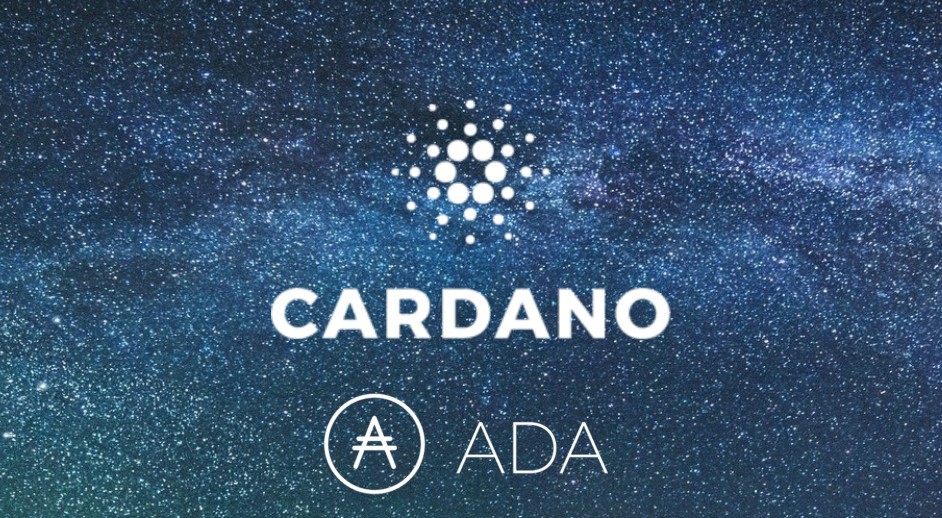
Staking has lately gained popularity in the crypto world, and like many things in crypto, staking may be a difficult or easy concept, depending on how many layers of understanding you want to access.
Before delving into crypto staking, it is natural to ponder if it is worthwhile to stake cryptocurrencies. Indeed, crypto staking has seen a rapid growth in recent years, with intermittent surges in the number of people staking cryptocurrencies for yield farming prizes or fixed interest.
In reality, big exchanges such as Coinbase and Binance that offer staking services to consumers might earn APYs of up to 30%. As a result, you can plainly see a significant increase in the demand for staking cryptocurrencies, which generates numerous talks about staking.
Staking is a way of earning rewards for holding certain cryptocurrencies
Crypto staking is the process of locking up crypto holdings in order to receive rewards or interest. Cryptocurrencies are built on blockchain technology, which verifies crypto transactions and stores the resulting data on the blockchain. Staking is another term for confirming transactions on a blockchain.
These validation methods are referred to as proof-of-stake (PoS) or proof-of-work (PoW) depending on the kind of cryptocurrency and its accompanying technology. Each of these procedures contributes to crypto network consensus, or confirmation that all transaction data adds up to what it should.
However, attaining that consensus necessitates the participation of others. That is what staking is—investors that actively retain or lock up their crypto assets in their crypto wallet are participating in the consensus-taking procedures of these networks. Stakers are essentially the people that approve and verify transactions on the blockchain.
The networks reward those investors for doing so. The particular prizes will vary according to the network. It may be useful to think about crypto staking as equivalent to putting money in a savings account. As a reward from the bank, the depositor gains interest on their money while it is with the bank, which utilizes the money for other reasons (lending, etc.). Staking coins is therefore analogous to earning interest.
How does Crypto Staking work?
Staking is how new transactions are added to the blockchain in cryptocurrencies that follow the proof-of-stake concept.
Participants must first pledge their currencies to the cryptocurrency protocol. The protocol selects validators from among these individuals to confirm blocks of transactions. The more coins you commit, the more probable it is that you will be selected as a validator.
When a new block is added to the blockchain, new cryptocurrency coins are created and given as staking rewards to the validator of that block. Most of the time, the payouts are the same cryptocurrency that the members are staking. Some blockchains, however, employ a different form of coin for incentives.
To stake cryptocurrency, you must first acquire a cryptocurrency that employs the proof-of-stake concept. Then you may decide how much you wish to bet. Many prominent exchanges allow you to do so.
When you stake your coins, they remain in your ownership. You’re basically putting them to work, and you may unstake them later if you wish to exchange them. The unstaking process may take some time, and some cryptocurrencies require you to stake coins for a set period of time.
Staking is not available for all forms of cryptocurrencies. It is only accessible for coins that employ the proof-of-stake methodology.
To add blocks to their blockchains, several cryptocurrencies employ the proof-of-work concept. The issue with proof of work is that it needs a significant amount of computational power. As a result, cryptocurrencies that employ proof-of-work consume a lot of energy. Because of environmental issues, Bitcoin in particular has been chastised.
Proof-of-stake, on the other hand, does not need quite the same amount of effort.
Which cryptocurrencies are capable to be staked?
This also makes it a more scalable solution capable of handling larger volumes of transactions.
Here are a few of the major cryptocurrencies you can stake:
- Ethereum: was the first cryptocurrency with a programmable blockchain that developers can use to create apps. Ethereum started out using proof of work, but it’s transitioning to a proof-of-stake model.
- Cardano: is an eco-friendly cryptocurrency. It was founded on peer-reviewed research and developed through evidence-based methods.
- Polkadot: is a protocol that allows different blockchains to connect and work with one another.
- Solana: is a blockchain designed for scalability since it offers fast transactions with low fees.
Is Crypto Staking a Good Investment?
Anyone may earn crypto by staking it. However, unless someone has a large cache of proof-of-stake coins, staking is unlikely to make them wealthy.
Staking payments are comparable to stock dividend payouts in that they both provide passive income. They don’t need the user to do anything other than keep the correct assets in the proper place for a defined period of time. Because of compound interest, the longer a user invests their coins, the bigger the overall profit potential.
However, unlike dividends, there are a few factors specific to proof-of-stake currencies that determine how much of a staking incentive users are likely to earn. When looking for the most successful staking coins, users should consider the following variables and more:
- How big the block reward is
- The size of the staking pool
- The amount of supply locked
Furthermore, the fiat currency worth of the coin being staked must be considered. Assuming that this value remains stable or grows, staking might be advantageous. However, if the coin’s value declines, earnings may be swiftly depleted.
What exactly is a stake pool?
A staking pool is a collection of coin holders that pool their resources in order to improve their chances of validating blocks and getting rewards. They pool their staking power and split the benefits in accordance to their contributions to the pool.
Setting up and managing a staking pool may take a significant amount of effort and expertise. Staking pools are best successful on networks if the entrance barrier (technical or financial) is reasonably high. As a result, many pool operators deduct a fee from the staking incentives provided to players.
Aside from that, pools may offer further freedom to individual stakeholders. Typically, the stake must be locked for a specific length of time, and the protocol specifies a withdrawal or unbinding time. Furthermore, there is probably definitely a significant minimum amount necessary to stake in order to disincentivize malevolent action.
The majority of staking pools have a minimal minimum balance and no extra withdrawal delays. As a result, joining a staking pool rather than staking alone may be preferable for beginning players.
The Advantages of Crypto Staking
Here are some of the advantages of staking cryptocurrency:
- It is an easy way to earn interest on your cryptocurrency holdings
- You do not need any equipment for crypto staking like you would for crypto mining.
- You are helping to maintain the security and efficiency of the blockchain
- It is more environmentally friendly than crypto mining
The major advantage of staking is that you earn more cryptocurrency, and interest rates may be quite high. In rare circumstances, you may be able to make more than 10% or 20% every year. It has the potential to be a highly rewarding method to invest your money.
And all you need is crypto that operates on the proof-of-stake mechanism.
Staking is another technique to support the blockchain of a cryptocurrency in which you have an investment. These cryptocurrencies rely on staking by holders to authenticate transactions and keep things operating smoothly.
The Dangers of Crypto Staking
There are a few risks of staking crypto to understand:
- Crypto prices are volatile and can drop quickly. If your staked assets suffer a large price drop, that could outweigh any interest you earn on them.
- Staking can require that you lock up your coins for a minimum amount of time. During that period, you’re unable to do anything with your staked assets such as selling them.
- When you want to unstake your crypto, there may be an unstaking period of seven days or longer.
The most significant danger of crypto staking is that the price will fall. Remember this if you come across coins with unusually high staking reward rates.
Many lesser crypto companies, for example, promise high returns to tempt investors, but their prices later plummet. If you want to add cryptocurrencies to your portfolio but want less risk, cryptocurrency stocks may be a better option.
Although the crypto you stake is yours, you must unstake it before you may trade it again. To avoid unpleasant surprises, ask out if there is a minimum lockup time and how long the unstaking procedure takes.
Closing thoughts
Staking is a method of earning additional benefits by using your crypto holdings or coins. It might be beneficial to conceive of it in terms of earning interest on cash deposits or dividends on stock assets.
Essentially, coin holders enable their crypto to be utilized in the blockchain validation process and are paid by the network for doing so. Staking might provide another possible revenue stream for cryptocurrency investors.










